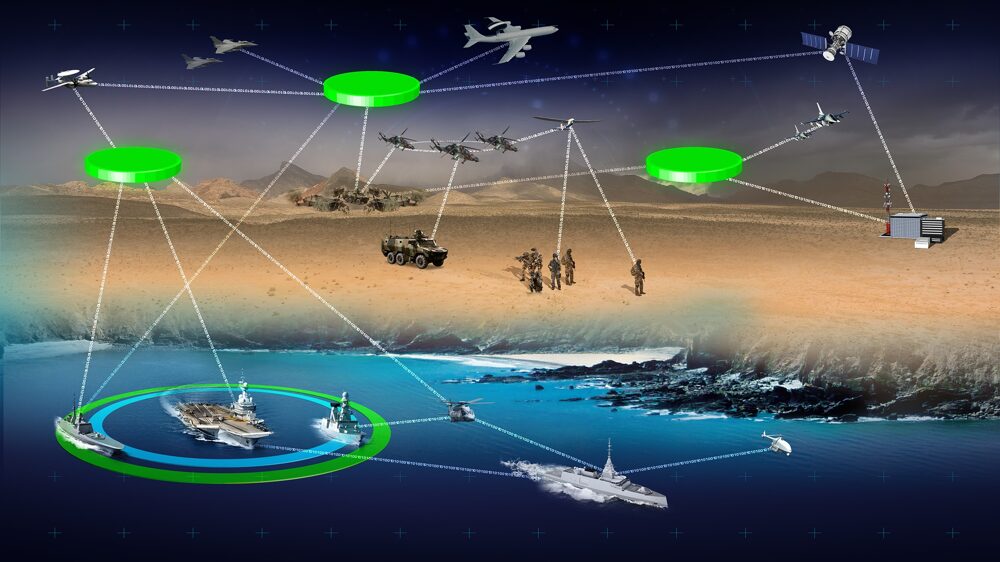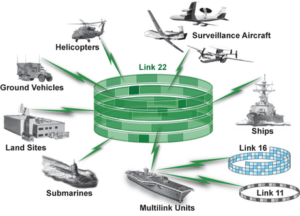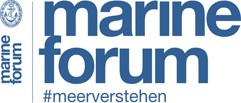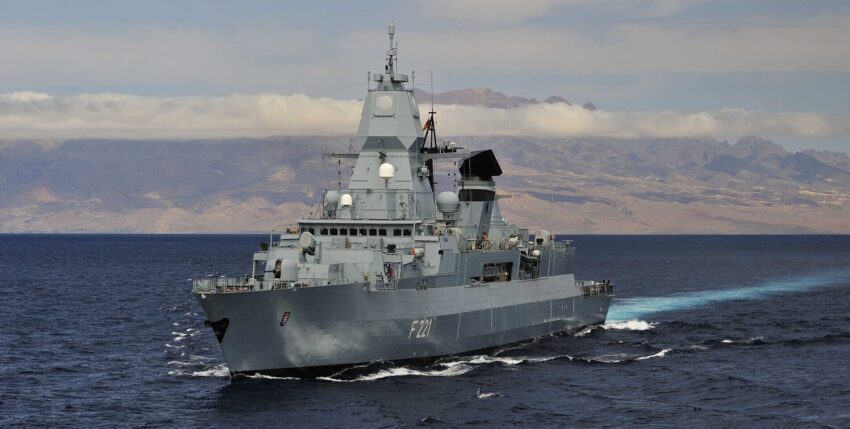A BAAINBw tender, which expired on 23 June, provides for all three Sachsen-class frigates to be equipped with external gateways by 2026. The aim is to integrate the NATO data link Link 22 and the Joint Range Extension Applications Protocol C, which stands for long-range satellite-based communication, as an interim solution. This measure is part of a more comprehensive modernisation concept for the navy until the F127 enters service - and is exemplary of the "Marine 2025 course" approach.
According to the tender, by August 2026 each of the three F124 class frigates is to be equipped with a Ship-Shore-Ship Buffer on Ship (SSSB) will be installed so that the units can use the modern NATO data link in future. Link 22 and JREAP-C can utilise. A provider is being sought in an accelerated tendering procedure. The measure was scheduled to begin on 12 September 2025 and run until 31 August 2026.

From major project to pragmatic modernisation
As part of the initially planned "Obsolescence elimination and capability adjustment frigate F124", age-related deficits were to be eliminated and a capability expansion implemented, particularly with regard to air defence and a contribution to ballistic missile defence (BMD). In 2021, the BAAINBw concluded a contract with Hensoldt for four new AESA long-range radars TRS-4D/LR ROT, which should enable air target detection up to 400+ kilometres and even the detection of ballistic missiles. The replacement of the SMART-L systems on all F124s was to begin in 2024 and be completed by 2028. The fourth sensor was planned as a test and reference system in Parow.
Due to massive integration risks, rising costs and impending restrictions on operational availability, this obsolescence elimination was stopped in autumn 2024 by the Chief of Naval Operations - the frigates are needed at sea. "F124 is to be operated with "availability at sea" as a priority until its replacement in the middle of the coming decade, instead of disappearing into the shipyards for years." The Link 22 integration that has now been put out to tender is a consequence of the change of course: through several small interventions, capabilities are to be successively expanded without impairing the availability of the units at sea.
An external gateway is being scaffolded in place of far-reaching interventions in the F124's command and weapon deployment system. This allows the obsolete and now discontinued Link 11 communication to be quickly replaced by the more robust Link 22 network without having to wait for long development cycles for system software. Link 22 enables HF and UHF communication over distances beyond the line of sight (up to over 1,000 nautical miles for HF) and can also be tunneled via SATCOM with JREAP-C - a decisive advantage in the event of disrupted direct communication links.
A complete package of modernisations
In line with the navy, a different approach is now being pursued: selective modernisations embedded in regular shipyard lay times. In addition to the data link, these include
- EloKa system KORA 40 - replaces the over 40-year-old FL 1800 S-II EloKa system and improves radar reconnaissance and electronic countermeasures.
- ESSM Block 2 for the modernisation of medium-range air defence.
- RAM Block 2B for upgrading short-range defence. The RAM Block 2B missile has an "imaging IR seeker" and is therefore designed in particular to counter complex missile threats such as supersonic sea-skimmers.
- NSM (Naval Strike Missile) as a sea and land target weapon.
- Integration of the NH90 Sea Tiger.
- qFMLG. The cross-sectional successor solution for the light naval gun as a new 30x173 mm calibre weapon platform is to be integrated into new and existing units.
- Software and IT hardening measures to ensure management capability.
- It is also conceivable that it could be equipped with a laser weapon - similar to the trial with a laser weapon demonstrator from Rheinmetall and MBDA from June to September 2022. However, the equipment remains speculative - there are currently no concrete plans for operational integration on F124s. And with qFMLG, an effective weapon against drones would be available.
Taken together, this results in a "modernisation mosaic" which, while not fundamentally renewing the Saxon class, should nevertheless carry it into the 2030s with increased combat value.
Meaning in the context of "Marine 2025 course"
"Naval Course 2025" calls for the fleet to be ready for deterrence and defence before 2029. As new builds such as the F127 will not be delivered until the next decade, the navy is relying on fast-acting upgrades to existing platforms. The Link 22 tender fulfils three key requirements of this strategy:
- Operational readiness - From December 2025, all three F124s will be ready for NATO commitments. Without Link 22, however, they would lack the long-range data connection (over-the-horizon).
- Alliance interoperability - France, Canada and the Netherlands are already using Link 22, and the Royal Navy is in the process of deploying it.
- Resilience - Link 22 in HF mode offers a fall-back option if SATCOM or terrestrial networks are disrupted, which increases the endurance of the entire network.

Outlook
The tender for Link 22 and JREAP-C on the class 124 frigates represents an important step - belatedly. It is symbolic because it indicates that Germany is catching up with the NATO standard for networked command and control systems and improving the interoperability of the F124 frigates with allies. At the same time, however, it also makes it clear that core elements of operational capability - including data connectivity - are only now being tackled with vigour. Overall, the Link 22 initiative does not mark the end, but rather the start of a race to catch up in line with "Naval 2025" in order to keep the Class 124 frigates quickly operational and fit for the future within the NATO organisation.
While the F127 planning picks up speed, the Link-22 upgrade guarantees both participation in and contribution to the real-time situation picture. Together with the EloKa modernisation, the navy is keeping pace with NATO requirements - with pragmatic means, rapid impact and manageable risk. The adaptation to NH90 is a logical consequence of the conversion from Sea Lynx to Sea Tiger. The adaptations not only keep F124 alive. The only combat ships in the navy that are equipped for all three traditional warfare areas (surface warfare, underwater warfare, air defence) will receive an operational upgrade. Time management risks remain. But in view of the manageable steps, they appear to be manageable. As long as we stay on course and are not forced to swerve again due to the shoals and cliffs of the armament process.










